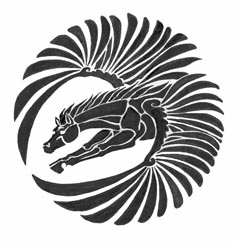Most people don’t know that the Space Warfare Forum exists. (Actually, most people don’t care, but even most of the ones who might care don’t know.) The fact is, the Space Warfare Forum has been inactive for 2 years — so, should I kill it?

(USAF image.)
My friends and I started the “Space Warfare Forum” about 15 years ago or so, if I recall correctly — we were stationed at Falcon Air Force Base, which is now Schriever AFB, in Colorado, and actually started the forum as a brown-bag lunch discussion group within the 4th Space Operations Squadron. The discussions continued after I transferred to Offutt AFB, Nebraska, in 1998, but we soon transitioned into an e-mail format that continued when I transferred again to Thule Air Base, Greenland, in 2000.
The e-mail discussions grew unwieldy, so I installed a bulletin board system on my web site which we used for a little while. The first version was susceptible to spam commenting, so I transitioned to the current vBulletin setup (direct linked here if you’re at all interested). We published an article — “Toward Space War” — based on some of the discussions, and at one time the forum had about 100 members, but after the spam debacle lots of folks dropped out.
Keeping the forum available is easy enough, but I’m not sure there’s any point. In the past I’ve made the platform available for other groups — my high school had its own section for alumni until the spam blowup happened, and Port Yonder Press used it for a short time for an online writing course — but those are as defunct as the space warfare section. At this point I’m pretty sure no one but me would miss it if it disappeared, and I’m not sure there’s much value in it from an archival standpoint.
I’m interested in everyone’s opinion on the question, but I’d especially like to hear from forum members (if any of them should read this): Should I terminate the Space Warfare Forum? And if not, what should I do with it?

















